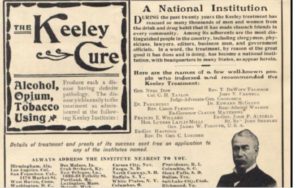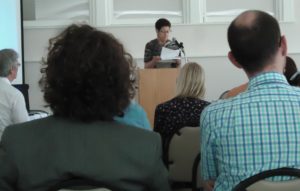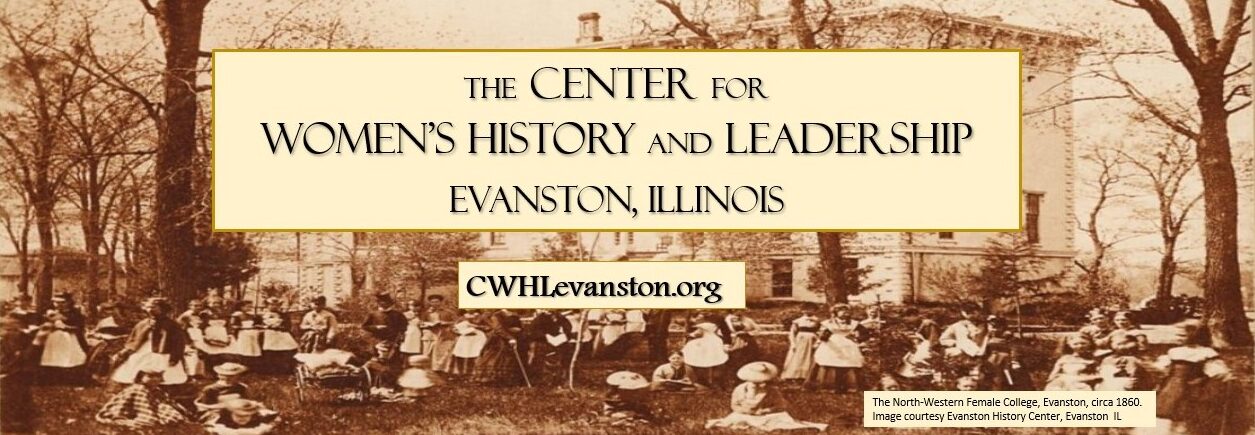
Time was when this statement meant that the speaker was a recovering alcoholic making a triumphal return from Dwight, Illinois, after undergoing the famous “Keeley Gold Cure” in that small but bustling town. For me, it means I’m back from a conference of the Alcohol & Drugs History Society (ADHS), held in Dwight from July 14-17, at which an international group of scholars met to honor the town’s history (the Keeley Institute closed in 1966 after over 85 years) with a series of papers and events–and lots of collegial conversation!

I presented a paper on the impact of the WCTU and, more specifically, about the resources available to researchers in the Willard Archives. I also prepared a small exhibit comparing the WCTU’s emphasis on prevention with the Keeley promise of a cure.
The conference was a golden opportunity to meet people from 7 countries who study the history of alcohol, narcotics, and tobacco use, addiction, treatment, effect on society, and more. In addition to the amount I learned from the other speakers and attendees, it was a pleasure to be in such a friendly and stimulating environment. The excitement continued when several of the attendees came to visit the Willard Archives on July 18. It was fun to show off our collection, and they were suitably impressed and inspired by the amount of material on offer–and the potential scholarship it represents. As more than one commented, “There’s an article, book, or dissertation on every shelf!”
Now that I’ve been to Dwight, I anticipate that the good effects of the experience will last—the new friends and colleagues we’ve made, the new research avenues they will be able to pursue now that they know about our resources.
The Willard Archives has several folders relating to the Keeley Gold Cure, and can recommend reading for more indepth information.
And next time you’re driving through downstate Illinois (on your way to Springfield or perhaps as you re-live the glories of Route 66), stop by Dwight—“the town inebriety made famous”— and visit the historical society for more information.
Submitted by Janet Olson, Volunteer Archivist, Frances Willard Historical Association

